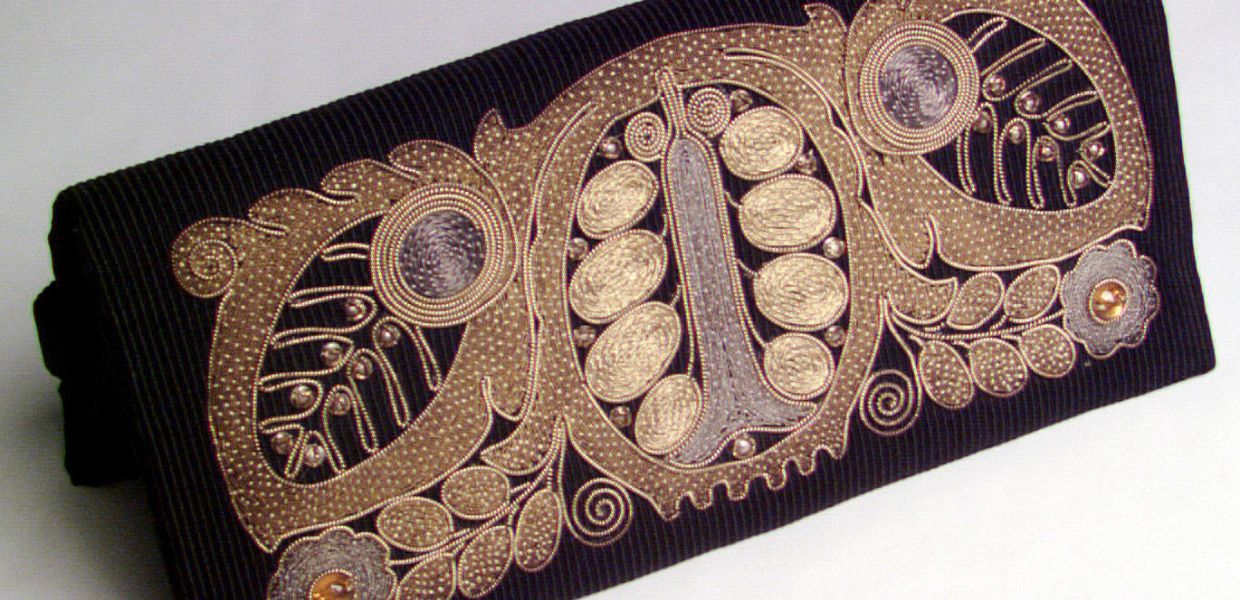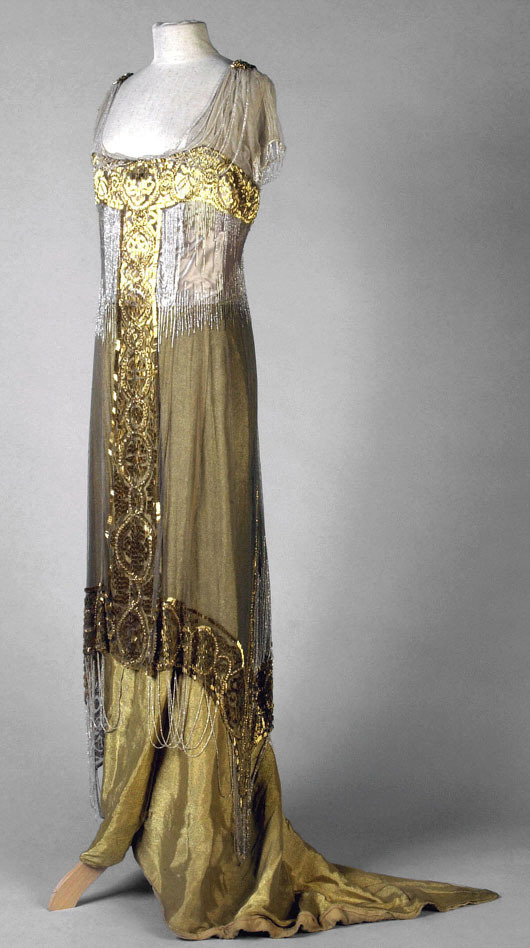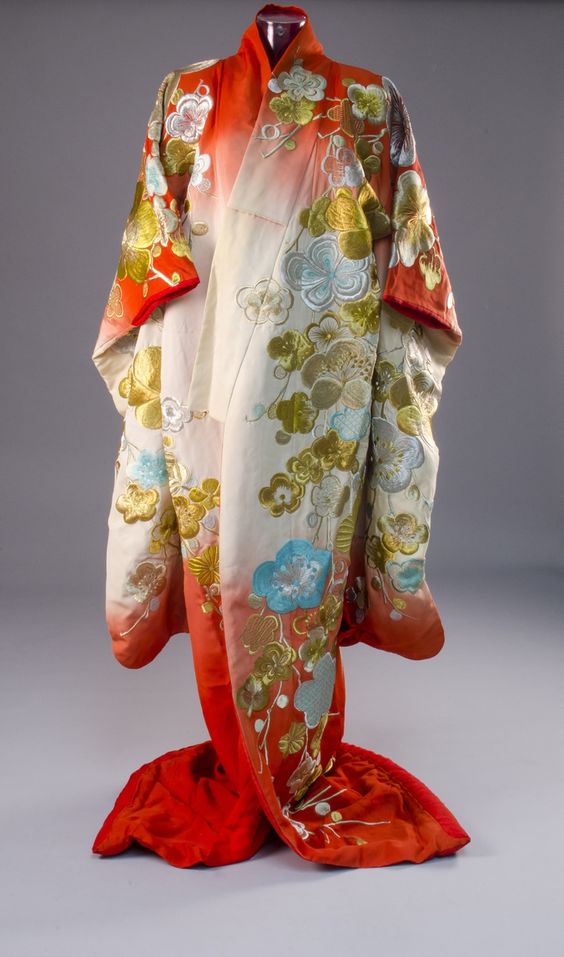#MakewithEuropeana: Art Nouveau fashion and jewellery

On Europeana Labs, we are constantly seeking to inspire and encourage you to reuse Europe’s shared cultural heritage in new products, businesses and designs. Until the end of 2017, we will organise three campaigns in which we’ll hand-pick cultural objects from our vast online repository and feature them in a dedicated blog series and on Twitter. The first campaign addresses the popular style of Art Nouveau and will run until end of May. The selected items are all suitable for commercial creative reuse and, we believe, can motivate makers everywhere to develop unique concepts.
Sophisticated organic lines, floral ornaments and geometric forms. You could easily find yourself dazzled by the charm and extravagancy of the Art Nouveau movement. According to this genre’s philosophy, beauty should surround us in the most unexpected places, and artistic designs could be applied to everyday objects - for instance, furniture, decorative arts and utensils. By unifying fine and applied arts, this style serves as a great inspiration for makers who wish to re-imagine this joyful era in their artistic creations.
Fashion is greatly influenced by political, economical and social factors. The Art Nouveau movement took place from the 1880s until World War One, a period (at least initially) marked by peace and prosperity. Wealth and the availablity of resources played a critical role on the development of trendy garments and the way people chose to adorn their bodies. You can find an insight to Art Nouveau’s influence on fashion by checking reusable objects in our dedicated Pinterest board.
Social and technological change in Europe led by industrialisation, mass production and urbanisation had an impact on women’s fashion leading to the dress reform movement. Female clothing became less restrictive, lighter and easier to wear - a direct outcome of women’s growing independence and changes in gender roles. For example, the garment displayed below represents fashion transitions and what was in vogue. Satin, a common fabric used in fashion of this time, is soft and gracious and the s-shape silhouette gives it a modern shape.

Toaleta večerní, 1913. Uměleckoprůmyslové Museum V Praze. Public Domain Marked.
Attention to details was precious and crucial to trendy ladies of the time. Shoes adopted Art Nouveau motifs by embellishing heels. Even umbrellas and parasols deserved some extra detailing. Below, a parasol with woven motif of flowers and butterflies illustrates this dedication to details. A silver and turquoise crook adorns the end of this parasol’s wooden stick.

Parasol with woven motif of flowers and butterflies, 1895 - 1905. Rijksmuseum. Public Domain Marked.
Another trend of Art Nouveau fashion was clothing inspired by antiquity or Japonism as shown below in this exotic kimono made of embroidered silk.

Kimono, 1800-1899. Digitalt Museum. Public Domain Marked.
Motifs inspired by nature were typical of this modern age. Shapes that resembled flowers, buds and insect wings were often used in fashion accessories. Dark colouring and geometric forms accompanied these nature themes. Take the handbag below as an example of nature-inspired work and use of dark colours.

Kabelka, 1912. Uměleckoprůmyslové Museum V Praze. Public Domain Marked.
To complete a true Art Nouveau look, adornments were essential. Excellent workmanship combined with innovative materials and new techniques set the tone for jewellery making. René Lalique (1860-1945) was a French glass designer whose work was quite popular at the time. He was considered an innovator for combining glass and enamel with gold, opals, diamonds, pearls or amethysts. The stunning brooch below is a creation by Lalique. It combines gold, lithographic stone and pearl with enamel.

Broche in de vorm van een narrenkop, 1897 - 1899. René Lalique. Rijksmuseum. Public Domain Marked.
Another famous artist of the time, Gustav Gaudernack, was a Norwegian goldsmith. He was famous for his ‘plique á jour’ work - a vitreous enamelling technique. Check out a collection of Gaudernack’s sketches on this Pinterest board.

Drawing by Gustav Gaudernack, 1911-1914. Digitalt Museum, Public Domain.
We hope that the shapes, motifs, and colors of this everlasting art influence will bring inspiration to makers!
Show us what you make
We will feature the best examples of makers using Europeana’s Art Nouveau content on Europeana Labs. Share your story and your creation with us! Email us or tweet to us using @EuropeanaLabs and the hashtags #MakeWithEuropeana and #EuropeanaInspires. Stay up to date with future opportunities by signing up to the Europeana Labs newsletter.
